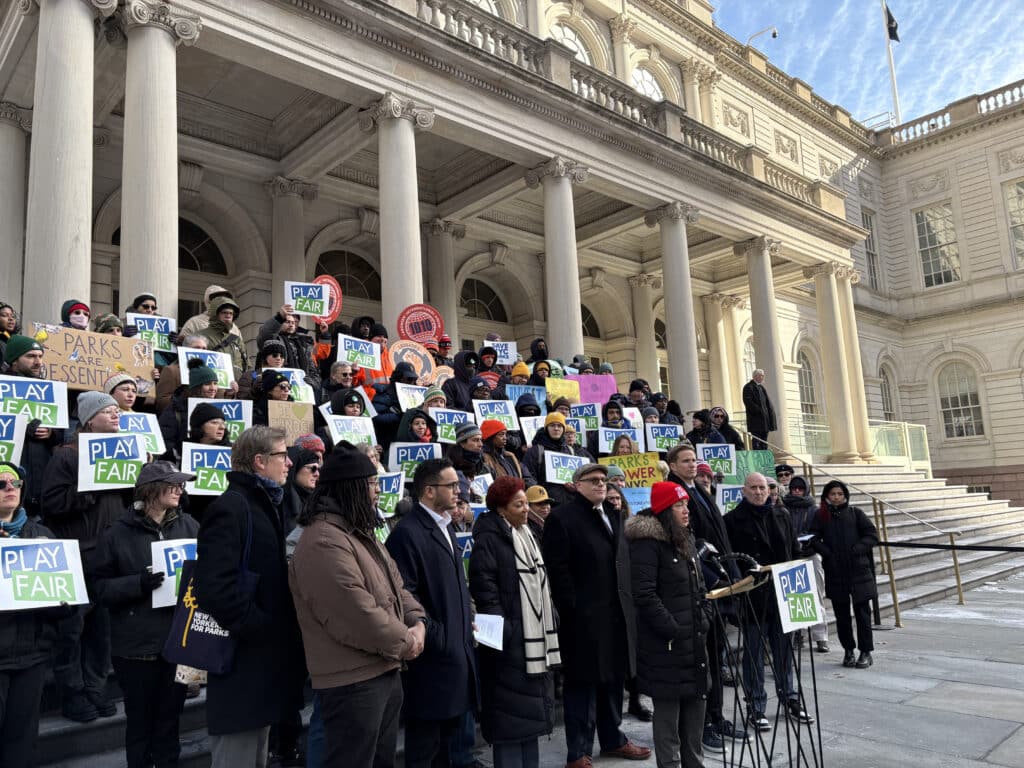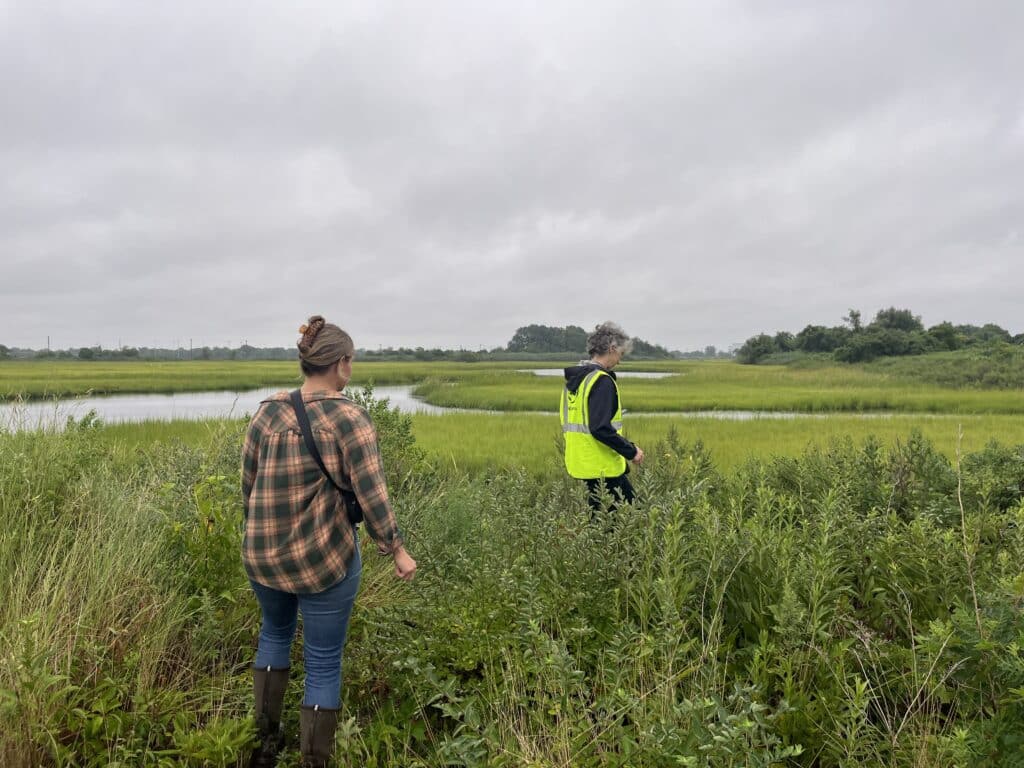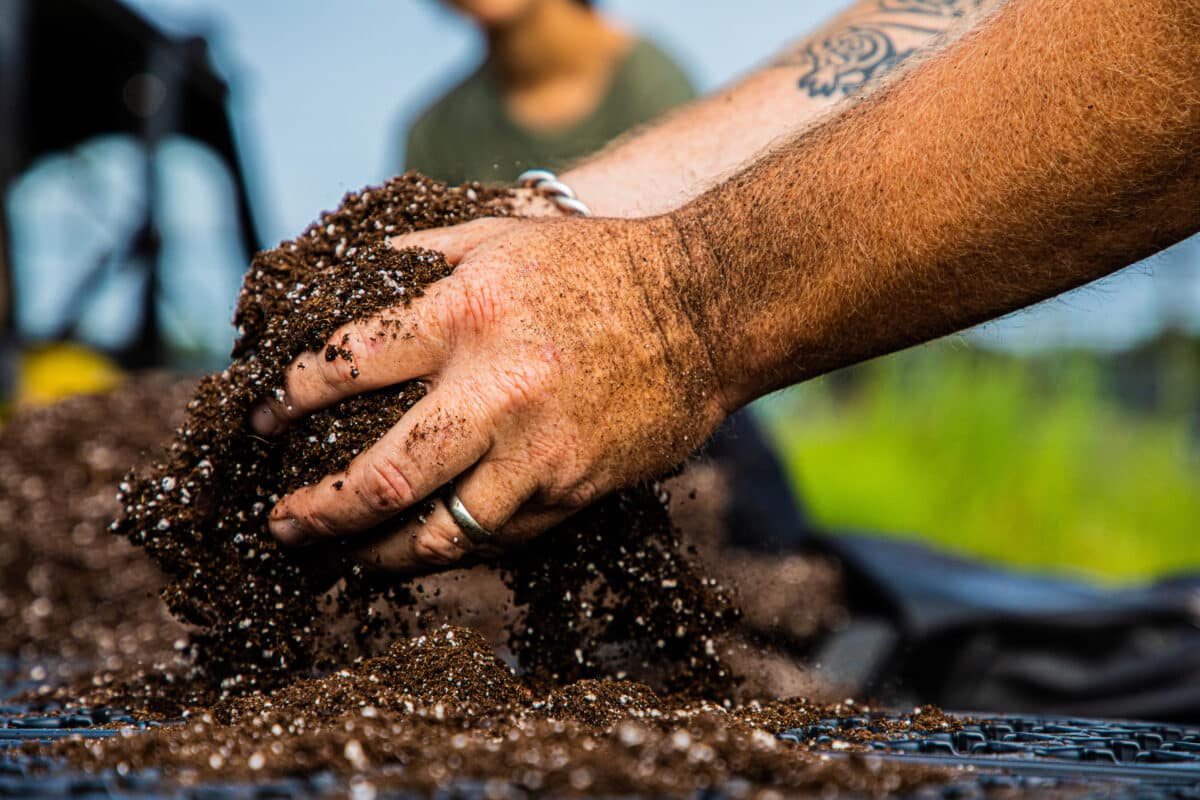Untapped Common Ground: The Care of Forested Natural Areas in American Cities
By Clara C. Pregitzer, Sarah Charlop-Powers, Charlie McCabe, Alexandra Hiple, Bram Gunther, Mark A. Bradford
By Clara C. Pregitzer, Sarah Charlop-Powers, Charlie McCabe, Alexandra Hiple, Bram Gunther, Mark A. Bradford
Natural areas account for 84% of urban parkland. Despite representing the largest concentration of nature in cities, natural areas often go unnoticed, underused, under resourced and unprotected. Organizations across the United States have been pioneering approaches to enhance and conserve urban forested natural areas locally, but these efforts have never been summarized at a national scale. In 2018, the Natural Areas Conservancy, the Trust for Public Land, and the Yale School of the Environment completed the first-ever survey of organizations that manage the nation’s urban forested natural areas.
The NAC heard from representatives from 125 organizations, in 111 cities, across 40 states. This report presents an overview of the state of urban forested natural areas management across the nation.

Urban stormwater management is a growing challenge in the face of climate change, especially in cities like New York with aging gray infrastructure and increasing impervious surfaces. This report, “Reducing Runoff: The Role of Urban Natural Areas in Stormwater Management,” presents a comprehensive analysis of how urban natural areas, including ...

Urban natural areas are crucial for enhancing city livability and environmental health but are often overlooked, underfunded, and missing formal protection, which leads to loss of ecological benefits, missed opportunities for community engagement and nature access, and overall loss of natural areas. Governance structures for urban forested natur...

In New York City, tidal wetlands are a critical part of coastal resiliency and provide numerous ecological and social benefits. State and federal wetlands mitigation regulations require that development resulting in wetland impacts offset those losses through wetland creation, restoration, and enhancement – with a ...
